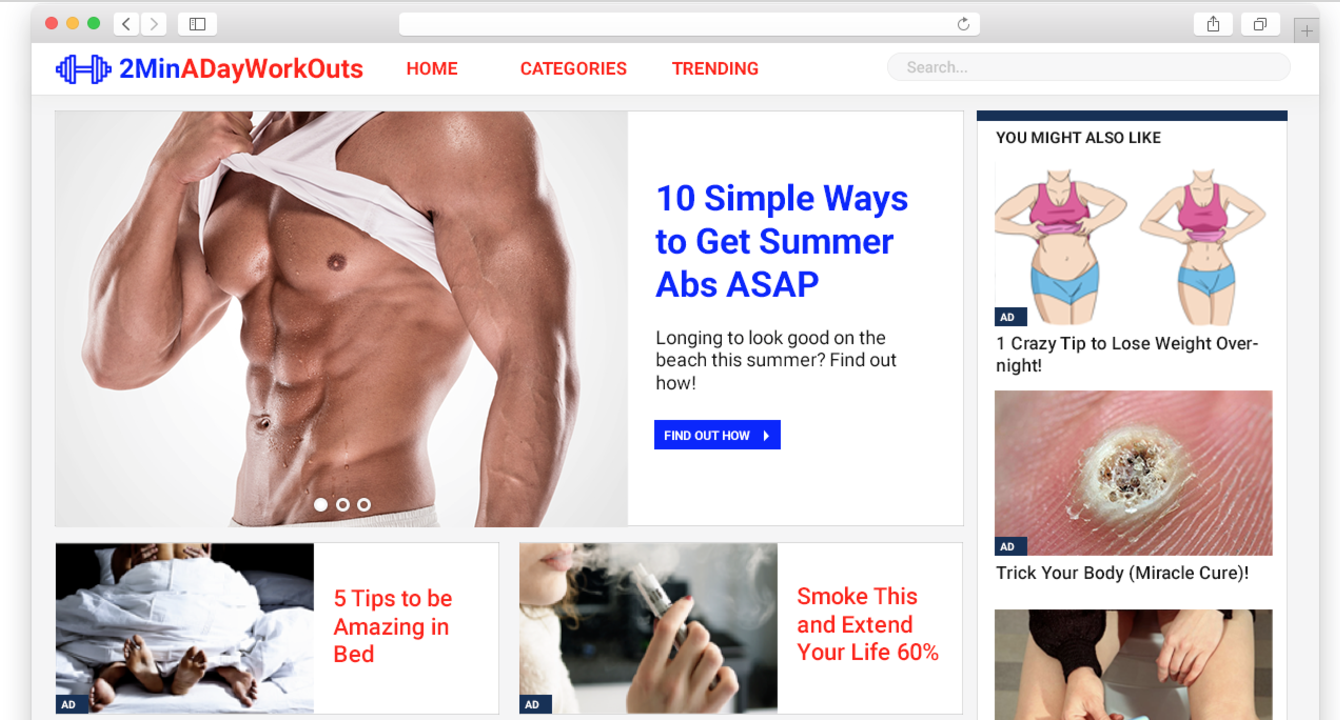Facebook announced on Wednesday that it’s penalizing websites that contain little substantive content and junky advertising, the social network’s latest step to police its platform for content that users find objectionable or irrelevant.
“We hear from our community that they’re disappointed when they click on a link that leads to a web page containing little substantive content and that is covered in disruptive, shocking or malicious ads,” wrote Jiun-Ren Lin and Shengbo Guo in a post on Facebook’s website. “People expect their experience after clicking on a post to be straightforward.”
In the coming months, Facebook will begin rolling out the change across its entire News Feed, the influential, algorithm-driven product that serves as the de facto homepage for the social network’s 1.94 billion monthly active users. Publishers that do not traffic in shabby content or shocking ads will likely see their audiences increase, Facebook announced. Those who do “should see a decline in traffic.”
Related Training: Building Trust on Facebook
Today’s change comes as many industry forces — including Facebook itself — have pushed many publishers away from producing low-quality content for the widest possible audience and toward producing quality content for specific, engaged audiences. The spread of fake news on Facebook and other platforms has led some — including The New York Times — to tout the relative safety and prestige of their brands as a major selling point to ad buyers.
The rise of ad-blocking and revelations about widespread ad fraud have raised serious doubts about the value of programmatic advertising. And Facebook has penalized clickbait and fake news sites on its platform in response to “you’ll never believe what happened next!” headlines.
Meanwhile, Facebook and Google continue to consolidate their dominance. A recent report from the Interactive Advertising Bureau said that Facebook and Google gobbled up nearly all the growth in direct response advertising last year.
Facebook will use machine learning to cut down on sites with trashy content, automating the work a discerning editor might do at a massive scale. According to a report from Marketing Land, the artificial intelligence will refer to a list containing hundreds of thousands of sites and extrapolate its decision-making from there.
“We’re also looking at things like, when you go to visit a page, is there a pop-up full of ads that gets in the way of the content that you’re trying to get to?” News Feed product manager Greg Marra told Marketing Land. “And then we’re looking at the quality of the ads themselves. Are the ads sort of shocking ads that show, like, toenail fungus stuff? Are they really sexualized ads that might be surprising in that context? Are they the kind of the high-quality ads that people don’t mind when they see online?”

Rendering provided by Facebook.
A rendering provided by Facebook provided hypothetical examples of ads that would be penalized by today’s change. Many of them resemble the “Around the Web” advertisements that are the bailiwick of companies like Taboola or Outbrain.






